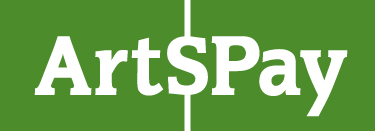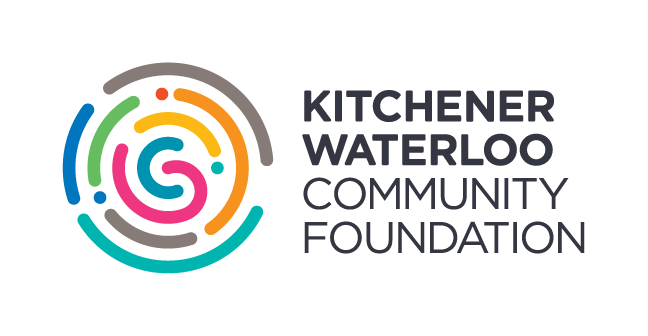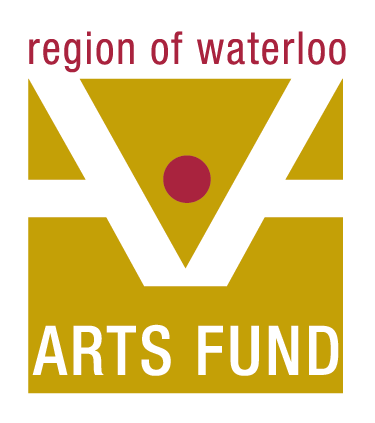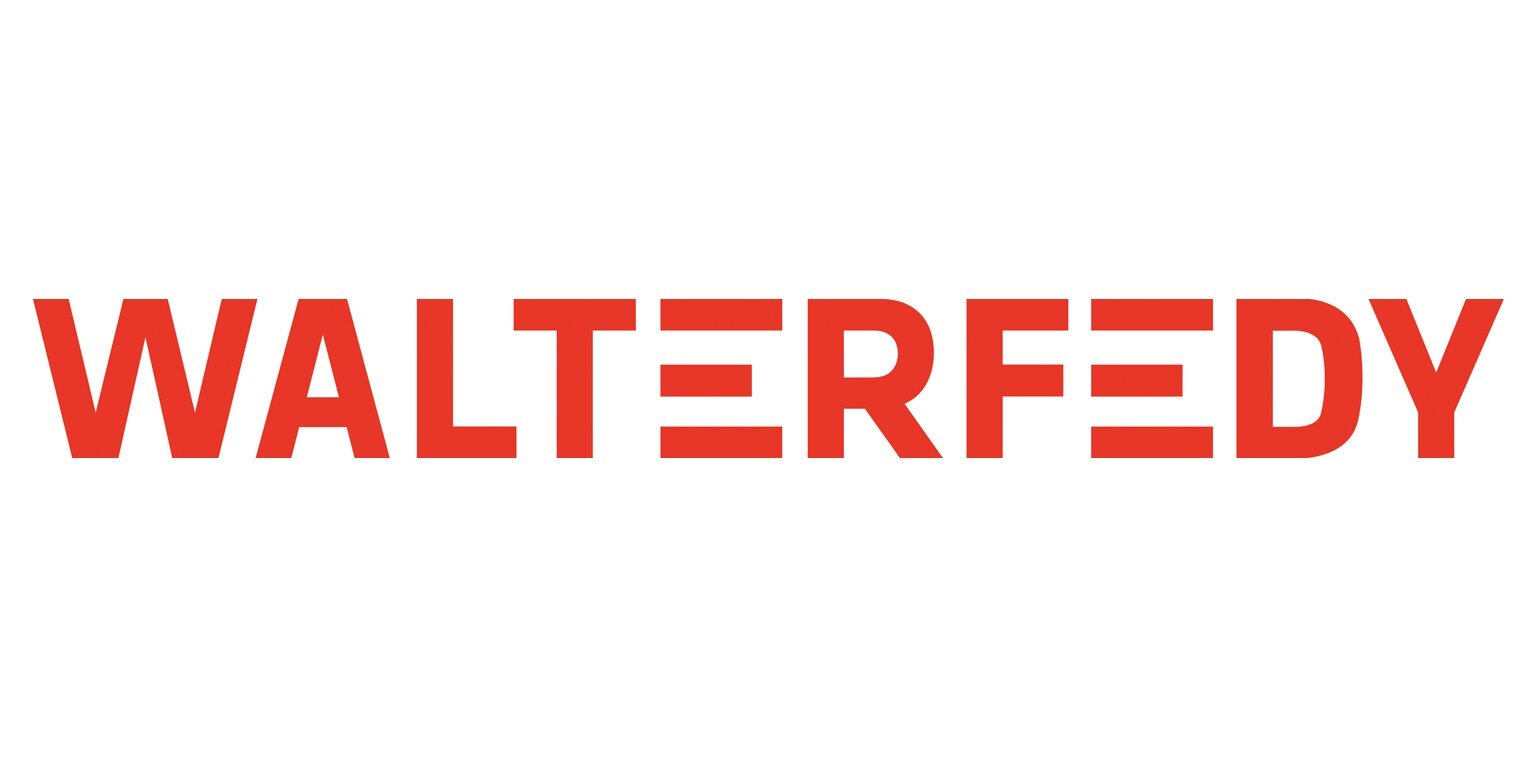Since many of us are stuck at home for the time being, we thought now would be a good time to share some information about how to make your oil painting practice as non-toxic and environmentally friendly as possible. Whether you’ve been a lifelong painter, or just decided to try something new while we weather Covid-19, these tips and tricks will make your home or studio safer and more accessible.
For oil paint, Alkyd medium is non-toxic. Gamblin Solvent Free Gel Medium is good choice. M. Graham & Co. also makes walnut liquid alkyd + a walnut oil medium.
You can clean brushes with baby oil or water miscible oils
Wipe brushes off with scrap paper (i.e. old phone books) first, and then dip in baby oil and wipe clean with a rag. Brushes can be left with some baby oil on the bristles or wash clean with soap and water once all the paint is out.
Small amounts of baby oil used for swishing brushes can be disposed in the trash
Modern paint-making methods are largely safe, however it is still recommended that Cadmium pigments not be sprayed.
Wear gloves to avoid getting pigments on skin
Encaustic painting (combining melted wax with pigments) is difficult to make non-toxic without a fume hood. Wax gives off acroleins, which are harmful to inhale. Some artists have found that using beeswax over a water bath at very low temperatures can keep wax from emitting fumes. That being said, some people remain sensitive to even small amounts of wax vapours. If you are working in a shared space without proper ventilation, any sort of encaustic painting is not recommended.
All of these tips were provided by artist Judy Major-Girardin and were adapted from a meet-up her and Tara Cooper gave at ArtsPay last spring about non-toxic art practices. Thank you, Judy!


















